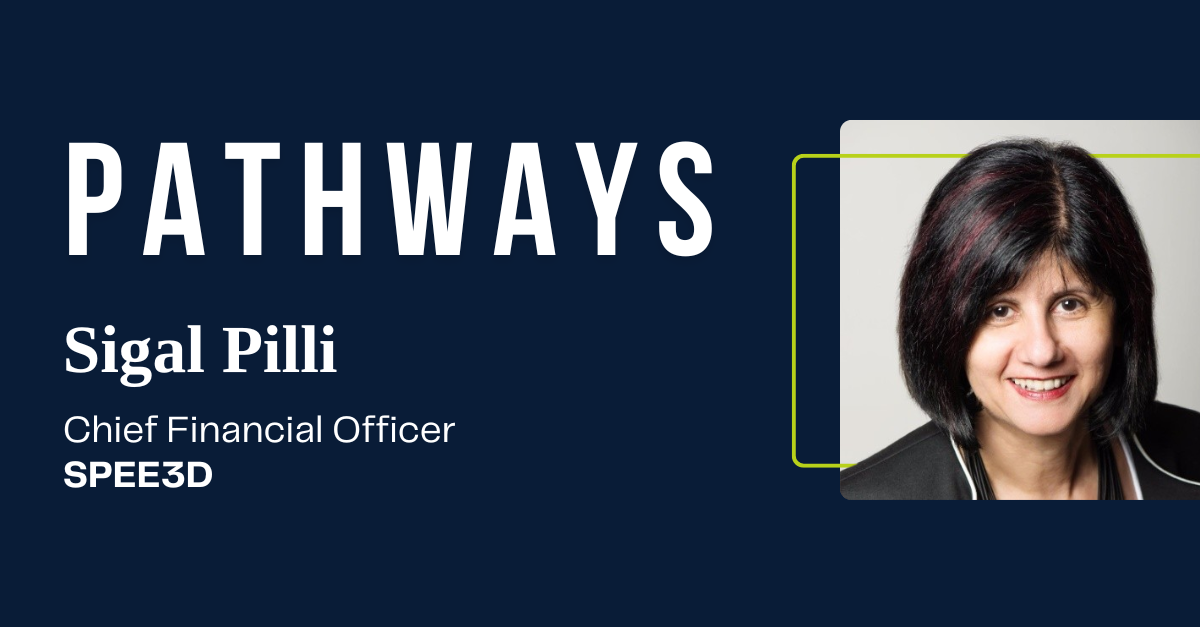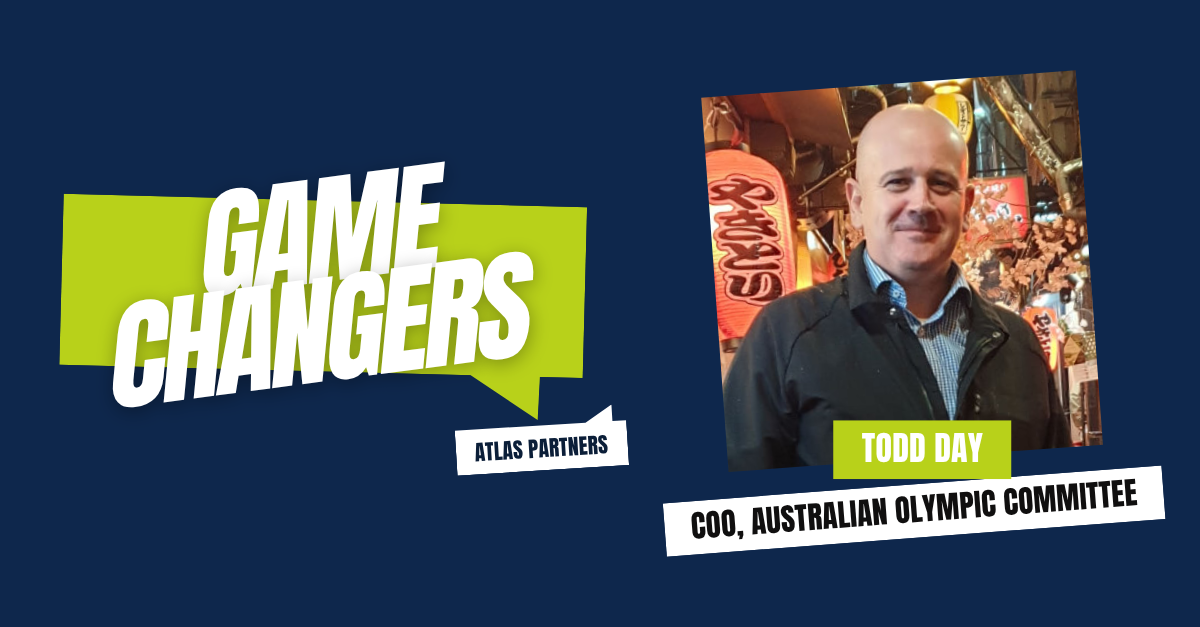
Authored by Jake Densley, Atlas Partners
Why career strategy matters
There’s a wealth of academic research on how careers actually work, how networks function, what drives motivation, and the power of sponsorship, but most people never see it. At the same time, professionals are making high-stakes career decisions without a clear strategy.
This article brings those two worlds together. It draws on evidence-based insights and real-world conversations to help professionals navigate their careers more deliberately. Whether you’re early in your career, at a crossroads, or aiming for senior leadership, these insights will help you make smarter, more intentional decisions.
1. Your next job might come from a stranger
Sociologist Mark Granovetter’s research famously revealed that people are more likely to land jobs through “weak ties,” acquaintances or loose connections, than through close friends or colleagues. Why? Because weak ties connect us to new networks, fresh ideas, and opportunities we wouldn’t otherwise hear about.
LinkedIn’s own data backs this up: you’re statistically more likely to be hired through a second-degree connection than someone you know directly.
Most people only engage with their networks when actively job searching, but the people who consistently uncover opportunities are those who maintain diverse, lightly active networks all the time. A quick check-in, a shared article, or a comment on LinkedIn helps keep weak ties warm and careers in motion.
What to do: Each week, reconnect with one weak tie, someone you haven’t spoken to in over six months. Keep the exchange casual, useful, and authentic.
2. How the shape of your network determines your access to opportunity
Network strength isn’t just about how many people you know, it’s about how your network is structured. Sociologist Ronald Burt’s concept of “structural holes” explains that individuals who connect across disconnected groups, known as network brokers, are often more influential, innovative, and promotable.
If your network is closed, made up mostly of people who know each other, it may offer support but little in the way of fresh thinking or unexpected opportunity. Open networks, on the other hand, give you access to different industries, functions, and perspectives.
Real-world insight: I recently worked with a CFO at an ASX listed manufacturing business who realised that his network was mostly other accountants from early in his career and colleagues within manufacturing. He expanded the architecture of his network by completing a one-week intensive leadership course, which connected him with one of the founders of a SaaS start-up. This broader network exposure helped him successfully transition into a new industry, showing how open networks can power transformation.
What to do: Ask yourself, “Do most of my contacts know each other?” If yes, aim to add someone from a different industry, role, or geography to your network each month.
3. Should you stay or should you go?
One of the biggest career decisions is whether to grow internally or take a leap to a new employer. Each path has its pros and cons.
Internal moves give you familiarity, trust, and shorter ramp-up time. You know how things work and who the key players are. Research by Bidwell found that people who stay within their organisation for promotions tend to do better in their first few years, they get up to speed faster and are less likely to leave early.
But staying put can also lock in how others see you, limiting your ability to be viewed as a strategic thinker or innovative leader.
External moves offer a fresh start, faster salary growth, new ideas, and bigger challenges. But they also carry risk, you might need more time to prove yourself, adapt to a new culture, or rebuild your credibility.
What to do: Use internal moves to build depth and trust, and external moves to reposition or re-energise. Before making a decision, ask: Will this move build the future I want?
4. Mentors advise. Sponsors advocate. You need both.
There’s a crucial difference between mentors and sponsors:
- Mentors help you think, they guide, support, and provide perspective.
- Sponsors help you move, they use their influence to advocate for your advancement behind closed doors.
Research by the Center for Talent Innovation found that men and women are equally likely to have mentors, but men are more likely to have sponsors, and that gap often translates to differences in promotions and leadership visibility.
To address this imbalance, Atlas Partners created the NextGen “Power Moves” Series, an exclusive leadership masterclass for high-performing women in finance, designed to help them advance their careers and become executive leaders and future sponsors. It’s one way to build networks and find champions who can open doors.
What to do: Identify one sponsor-level person who believes in your potential. Ask how you can support their goals too, sponsorship is reciprocal.
Final thought
Strategic careers don’t just happen, they’re built with intention. You don’t need a rigid 10-year plan, but you do need a compass: a sense of where you’re headed, what you value, and how you’ll keep learning and connecting along the way.
I’ve put together a six step guide on how to go about establishing your career strategy. Just reach out if interested in exploring this further, I’d love to share it with you.
About Jake Densley
Jake Densley is a Director at Atlas Partners, a specialist recruitment firm based in Melbourne. He holds an MBA from Melbourne Business School and, in 2022, conducted research into executive career strategy at London Business School. This article combines academic insight with lessons learned from thousands of interviews across a decade in executive recruitment.
References
- Granovetter, M. S. (1973). The Strength of Weak Ties. American Journal of Sociology, 78(6), 1360–1380.
- Burt, R. S. (1992). Structural Holes: The Social Structure of Competition. Harvard University Press.
- Bidwell, M. J. (2011). Paying More to Get Less: The Effects of External Hiring versus Internal Mobility. Administrative Science Quarterly, 56(3), 369–407.
- Ibarra, H., Carter, N. M., & Silva, C. (2010). Why Men Still Get More Promotions Than Women. Harvard Business Review




